Roofing Upgrades: Beyond System Selection
Successful projects go beyond choosing a system type. Managers also must consider roof condition, warranties and contractors
Roofing systems are among the most daunting components of institutional and commercial facilities, given their complex construction, their high cost to install and maintain, and the crucial role they play in protecting facility assets, occupants, and activities. Adding to the challenge of extending roof performance life are the often damaging effects of weather, time, and foot traffic.
When roof maintenance is no longer an option, managers face the toughest roofing decision — recover or replace? While many managers start this decision-making process with the question of which roofing system to install, other factors — including specifications, warranties and contractors — often play equally important roles in producing a roof upgrade project that delivers long performance life.
Spotlight on specifications
Roof replacements represent a significant investment for facilities, yet many managers leave the selection of roof type and materials to the contractor. If managers are to get the most appropriate roof type for their facilities, they need to develop a scope of work or design specifications tailored to their specific application. It is worth the additional expense to contract with a qualified roofing specialist for this service if the department does not have sufficient expertise to undertake this process.
A project’s specifications or scope of work identify the materials, systems and application techniques that will ensure all contractors are bidding on the same product. The specifications also ensure the installed roof is the most appropriate for that application.
The scope of work also must spell out particulars of the project that will allow contractors to properly bid it. For example, the documents should identify existing equipment located on the roof that will affect installation. If abandoned equipment remains on the roof, the specifications should identify it, along with the party responsible for its removal.
And if electrical and natural gas lines are located on the roof, the specifications should map out their locations. The goal is to eliminate as many surprises as possible before the contract is signed because surprises typically result in costly contract extras.
Rooftop HVAC units often present major challenges when it comes to planning and performing roof replacements. As functions change inside a building, more HVAC condensing units are installed on a roof. These units often sit on pads that, in turn, sit on the roof surface, making the task of roof replacement more difficult.
For facilities that have a large number of such units that are located directly on the roof surface, managers should consider having them elevated on racks. This step might cost more, but it will make future roof replacements easier.
Comments
Source: Commercial Roofing




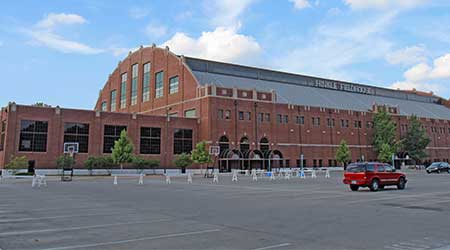






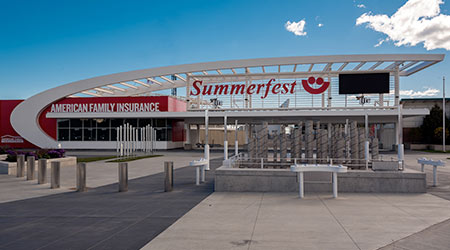
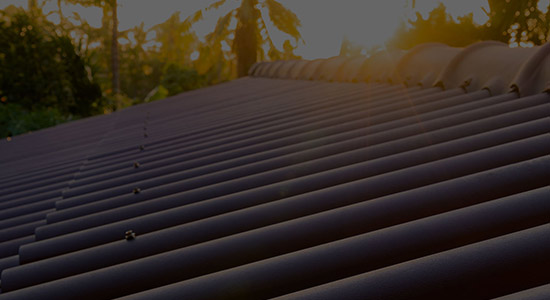



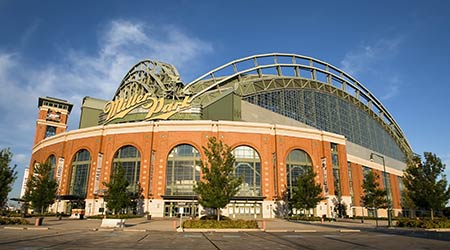
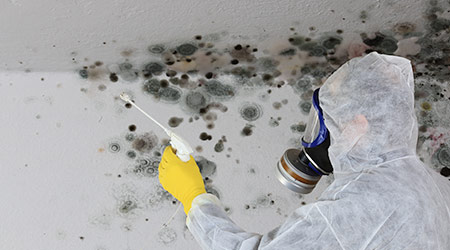



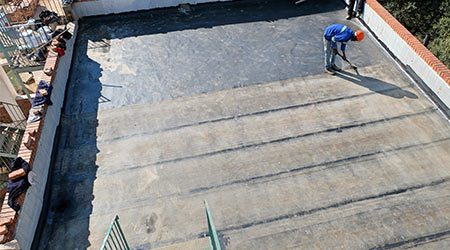

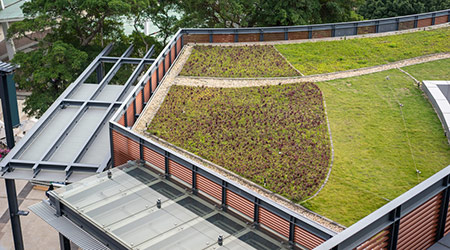
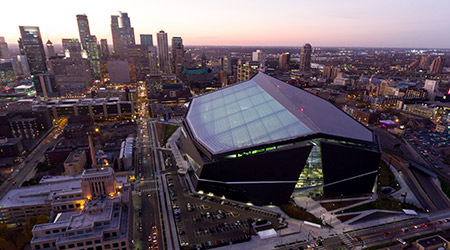
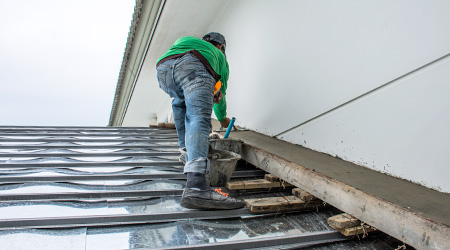
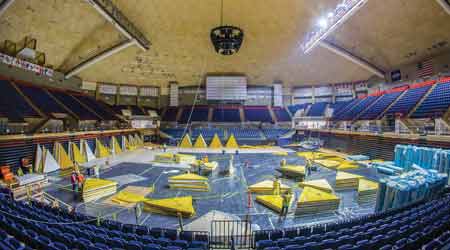
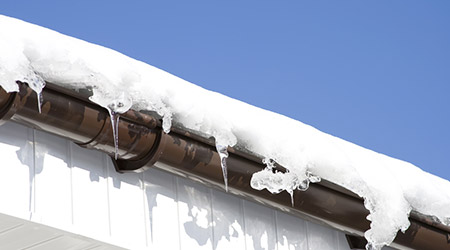
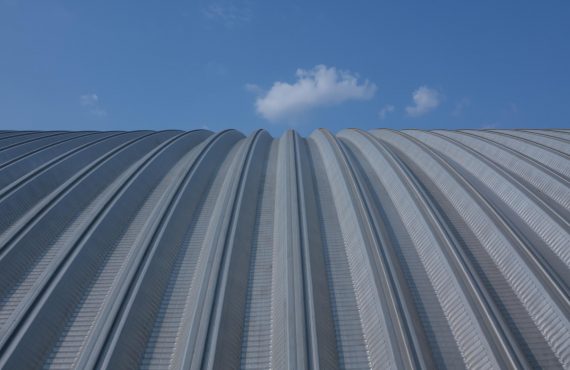
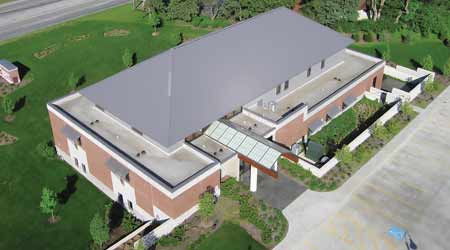


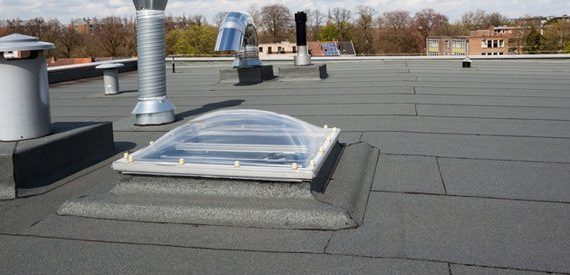
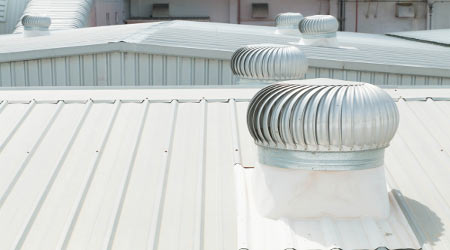

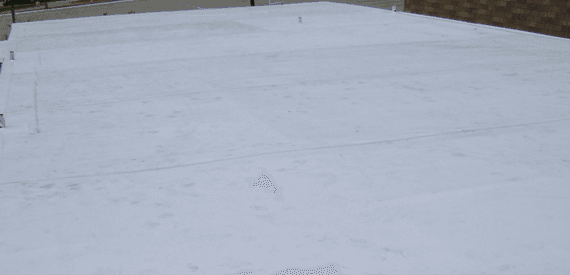


No comments yet.